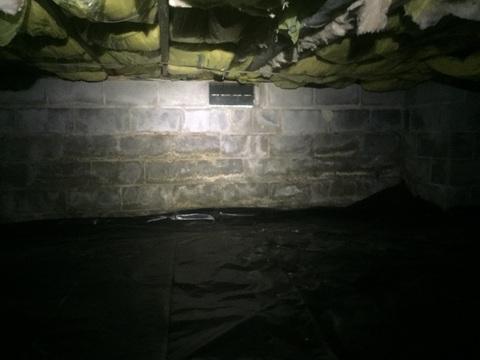
Water Damage and Open Vents
Moisture enters through open crawl space vents, unsealed sill plates and rim bands, and through the ground. This moisture can saturate fiberglass insulation between your joists, and coupled with retaliative humidity, can promote mold growth.
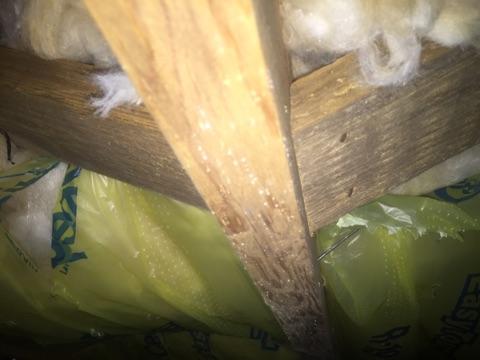
Mold in Crawl Space
Mold is growing on the joists in the crawl space. Mold can cause damage to your joists such as wood rot and cause you to smell a musty odor in your home. It can even become airborne and enter your conditioned living space through natural openings between your crawl space and your living space.

Cleaned Joists, Sealed Vents, and Vapor Barrier
First we clean any mold in the crawl space, then we seal crawl space vents and install a new, heavy duty vapor barrier. Vents are sealed with rigid foam insulation board and later with spray foam. The vapor barrier is laid and secured to the wall.
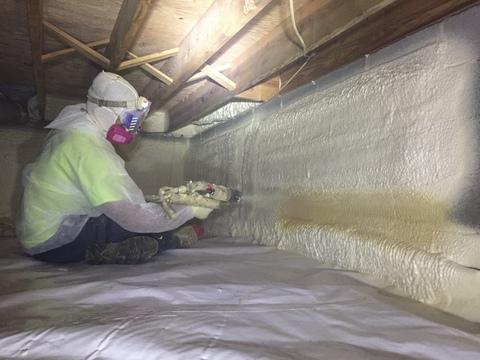
Installing Spray Foam Insulation
Out technicians apply closed cell spray foam insulation to the walls. At 1.5 inches, closed cell spray foam acts as both an air and moisture barrier. This helps keep any moisture from entering the crawl space through porous cinder block or brick walls.
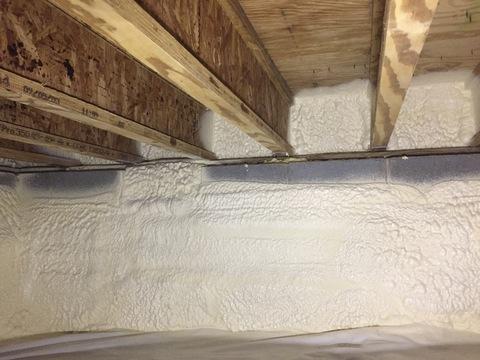
Sealed Rim Band and Sill Plate
Spray foam insulation is used to seal over the rigid foam board used to block vents, as well as the sill plate and rim band. This prevents air carrying moisture from entering the space.

Friction Fit Crawl Space Door
Finally, we install a friction fit door to the inside of the crawl space. This door is made from rigid foam insulation and is custom cut to fit your crawl space entrance. This is installed to keep air carrying moisture from entering through the exterior crawl space door.
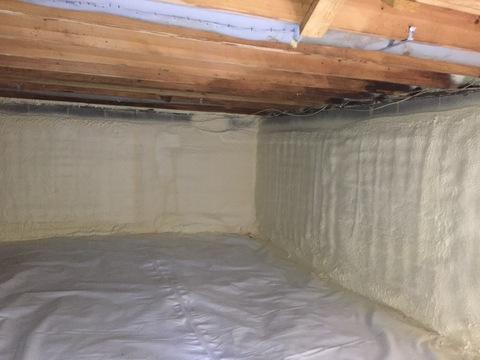
Completed Crawl Space
This crawl space has been encapsulated by using a heavy duty vapor barrier, spray foam insulation, blocking vents, sealing the sill plate and rim band, and finally installing a friction fit crawl space door. All of this is done to help prevent moisture from entering the space and to control relative humidity.


